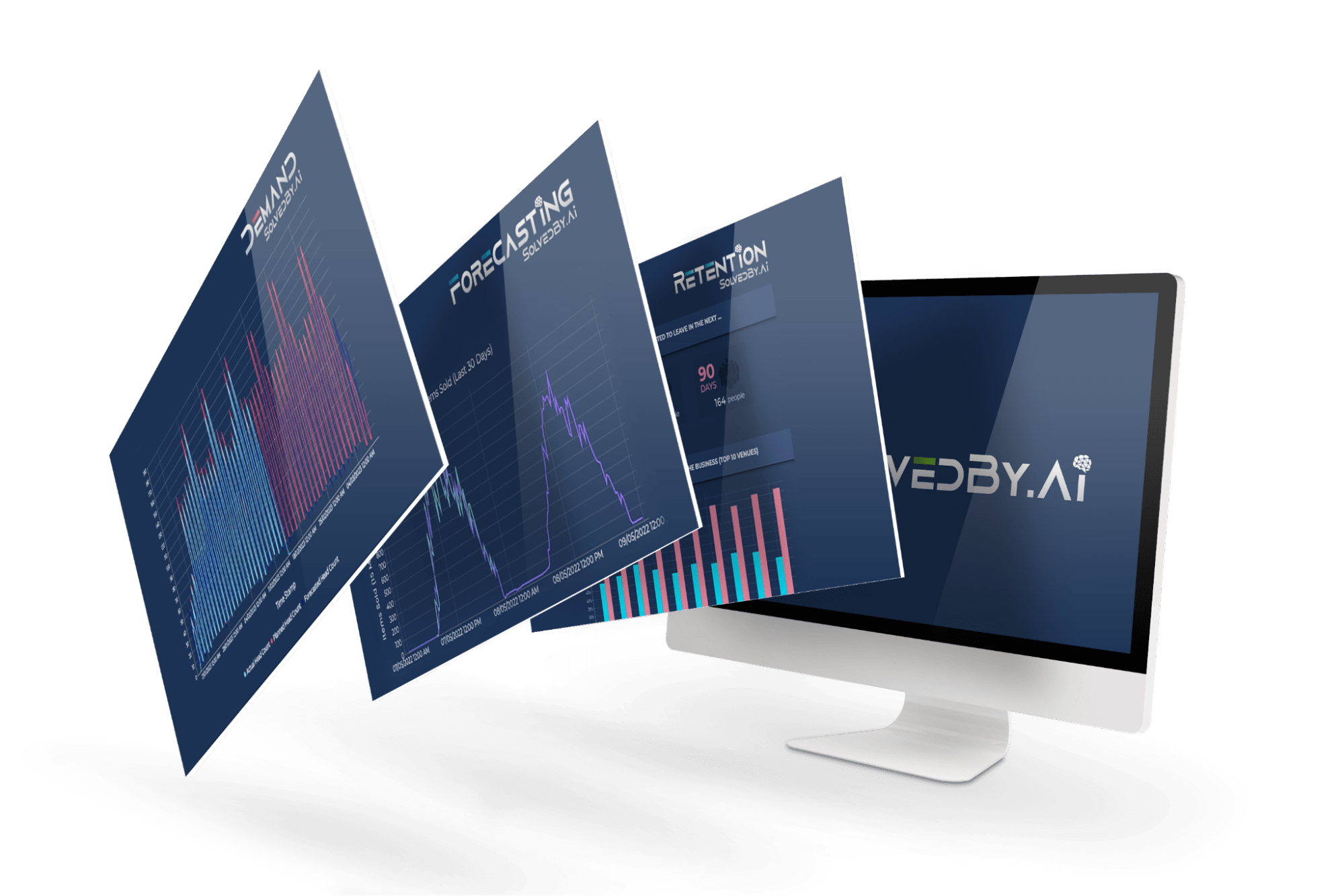Many Scheduling software tools employ Artificial Intelligence and Machine Learning to automate their processes, resulting in a lot of jargon, acronyms, abbreviations and technical terms. In this scheduling glossary, we aim to provide explanations for some of the more common terms.
Absence management
The process of overseeing and dealing with instances of sickness, or when an employee does not attend work as scheduled.
Actual Cost
The amount paid or incurred for staffing, often compared with the budgeted cost and the planned cost..
Auto Scheduling
A tool which uses AI to allocate shifts to staff, taking into account demand, budget, compliance rules, preferences, and shift patterns. This complex task can only be effectively solved through machine learning or artificial intelligence.
Budgeted Cost
The amount planned ahead and placed aside to pay for a rota.
Buddy punching
Employees clocking in and out of shifts on behalf of colleagues is known as “buddy punching”. This is often done to conceal lateness or to make it look like they were at work for a longer duration than they really were.
Employee Scheduling
A three-step process for assigning shifts to personnel involves anticipating the need for staff, constructing a demand curve, and distributing shifts optimally. These steps are often done using an Ai.
Demand
The number of employees of each role required in 30 minute or hourly segments is referred to as “demand” in the context of employee scheduling.
Demand Curve
An intraday distribution of anticipated demand which is used to create a rota.
Fixed schedules
Employees working to a pre-determined, unchanging roster or timetable – sometimes for days, weeks, months, or even years – can be a beneficial way to maintain a steady, reliable workflow.
Machine learning
A type of Artificial Intelligence (AI) in which computers learn from data patterns without being pre-programmed to use them.
Planned costs
The calculated cost of a rota at the time the rota is approved and communicated to staff. This is nearly always different from actual costs due to changes such as sickness and unplanned overtime.
Regression problems
Involve predicting outcomes, forecasting time series, and determining relationships between data sets. A machine learning algorithm can plot variables that best fit the given data points on a graph to make predictions.
Reinforcement learning
An AI-driven system which learns by trial and error, with feedback from its performance, using a scoring system which rewards the AI for desirable outcomes.
Rota
(or schedule, or roster) is a plan that shows which employees should be doing each shift, when they should do it, and what their responsibilities are.
Roster
Another word for Rota
Schedule Optimization
The process of maximising efficiency by allocating staff to meet the necessary shifts. Optimisation can take into account demand, budget, compliance, staff preferences, fairness and other considerations to create the most beneficial schedule. Nowadays, artificial intelligence and machine learning are used to achieve the most optimal results.
Schedule (staff)
Another word for Rota
Schedule (General)
A plan for carrying out a process, including lists of and timings of proposed actions.
Scheduler
A software tool for building a rota.
Shift
Working a designated period of time, such as 9-5, to fulfill the role of a baker in a particular department or setting is referred to as a “shift”
Shift Accept
(or Shift offer, or Shift marketplace) a tool that offers managers the ability to provide available shifts to suitable employees on a first-come, first-served basis. It is akin to the features needed for shift swapping, but gives managers more control over who is presented with the shift.
Shift Swapping
Self-service tool for shift swapping amongst employees to accommodate conflicts between work and personal lives. No manager approval needed.
Shift Work
An employment practice designed to utilize all 24 hours of the day and week, shift work involves dividing the day into designated time periods where different groups of workers carry out their duties.
Task management
Is the WFM module that assists with task management by assigning individual tasks to employees during their shift. Cleaning, internet picking, shelf stocking are some examples. An optimal rota can be optimised to ensure the necessary staff and skills are available for all predicted tasks. A recommendation engine may be available to recommend the best staff for each task.
Time Off In Lieu (TOIL)
Is an acronym for hours or days of time off that can be taken in exchange for working overtime.
Work Rota
Another was to describe a Rota.










